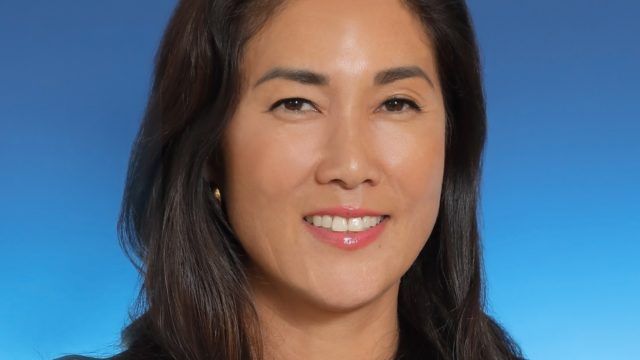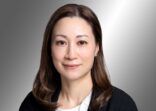Koo, who was previously at UBS Wealth, HSBC PB and Fidelity, joined Citi Private Bank in May in the fund selection role previously held by Adam Proctor.
She summarised for FSA what she looks for when evaluating a fund for the bank’s platform.
“Most important is getting a clear understanding of what that fund aims to deliver. Lots of products have clever titles and you look underneath and it’s something pretty obvious.
“For example, there are a number of creative products around the One Belt, One Road initiative. Looking underneath and you see emerging Asia equities or bonds or a balanced fund including holdings in Tencent for example. So it’s important to dig in and see what the investment thesis is sitting on and how it is being supported.”
She then considers the manager’s expertise, the supporting resources and how alpha is generated.
“It’s also important to look at asset allocation over time. Even with multi-asset funds you might see the manager is only moving allocation around 2%, so that wouldn’t be a dynamic manager but more of a balanced manager.”
Finally, the fund can’t duplicate what’s already on the platform.
“We see a lot of good China funds, for example. We are happy with what we have on our platform but know that the China market is constantly evolving. So recently we added a healthcare fund, in the A-share space. China healthcare is a well-diversified sector where we see growth, so the fund is not duplicative of what we already have.”
The bank looks for fund managers with an interesting product that fits into Citi’s forward-looking investment themes, she said.
“If someone approaches us with something different about China, it could be a quant fund for example, we’d have a look.”
Koo added that the bank has been evaluating multi-asset strategies.
“What’s confusing is when you get into the liquid alternatives space, they look and behave more like hedge funds but given they offer more liquidity than hedge funds , the returns are not as strong. I ask the client what price you are willing to give up for liquidity and why. That’s a sophisticated discussion to have with investors.”
Risk and market noise
The biggest risk is people being fearful and sitting on cash, Koo said.
“Deposit rates are low. People are trying to watch and time in. Cash levels are building up. There could be a huge lost opportunity resulting from that.”
Another risk is the large amount of leverage in the system.
“How much money is in these big funds such as Pimco’s bond fund, and how much leverage is on top of that? The rising borrowing costs will have to impact at some point, but hopefully it will be a steady pace.”
She sees the trade war talk as an annoyance and believes it will be solved through backdoor negotiations. But the threat of retaliatory tariffs confuses investors, who move money around without understanding the underlying issues, she said.
“People are sitting on the sidelines and not investing at all or passive funds are swinging assets around recklessly, creating a lot of market noise. Some also use it as an excuse for not making decisions — as clients are coming into cash, they’re not redeploying it the same way as in the past.”
Push to diversify
Pockets of the market are protected from tariff wars, for example, China’s domestic consumption story, she said. “The challenge is to get clients to build diversified portfolios.
“Consumption behaviour is also shifting as more money comes into the middle class, particularly in emerging markets like China. The consumer discretionary sector is growing as more people can afford diapers and better personal products and appliances. The companies that win from that in China are different from those that have more dependency on global drivers.”
Looking at clients broadly, she said most are overweight fixed income. This quarter, there has been a shift, with clients taking an interest in products that will protect them against volatility and rising interest rates.
“We’re working with them on how it should be positioned, such as using shorter duration and floating rate instruments.
Other client interests are in thematic products such as healthcare and technology. In tech, “clients like to buy direct shares in big internet stocks such as Alibaba and Tencent. We take that into consideration and don’t want to double up on their positions, so we bring them other ideas for diversification.”
But the bank is advising clients to focus less on end products like the iPhone and to look at the tech supply chain.
“Companies producing in the mobile phone supply chain are also producing for electric cars and healthcare companies. So the dependency on one final product or sector is less. We’ve [invested in] funds in that area.”

















